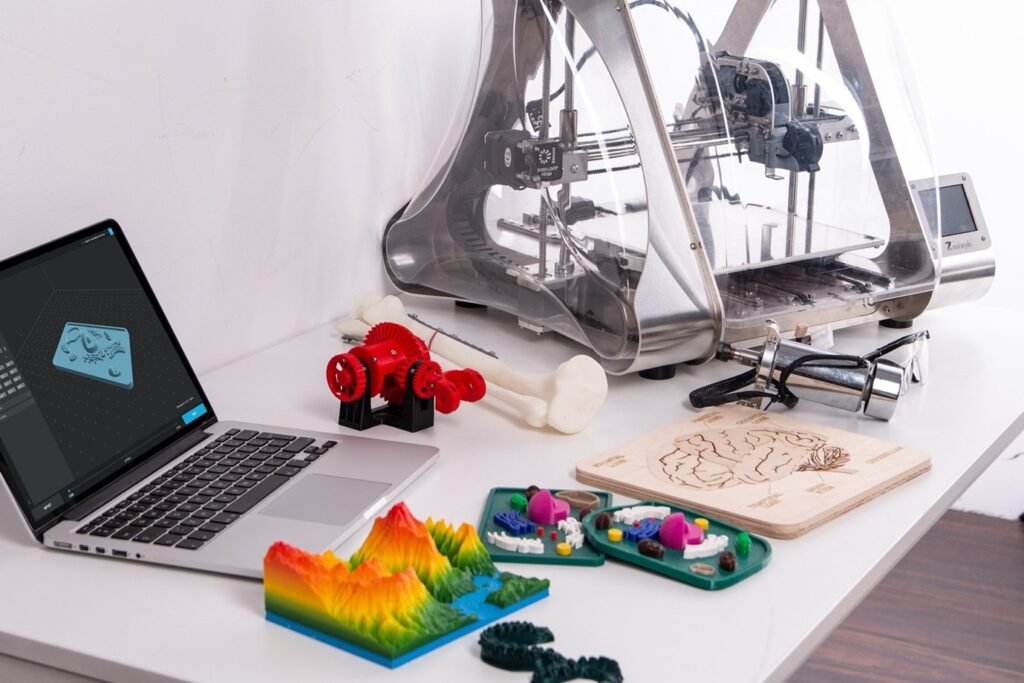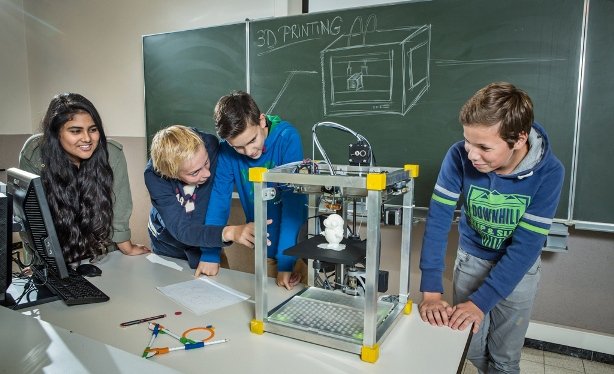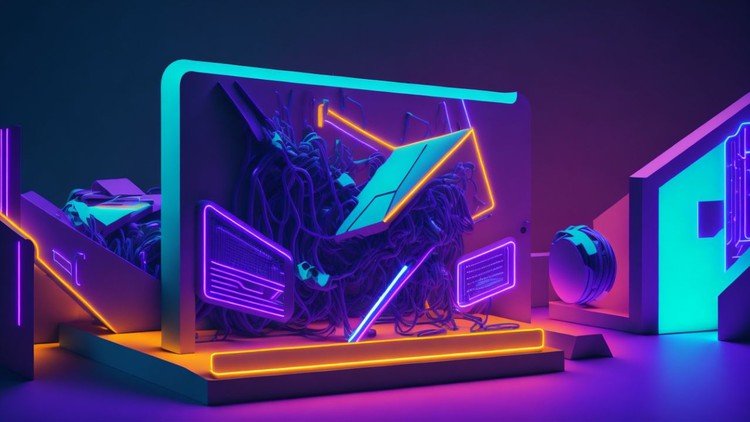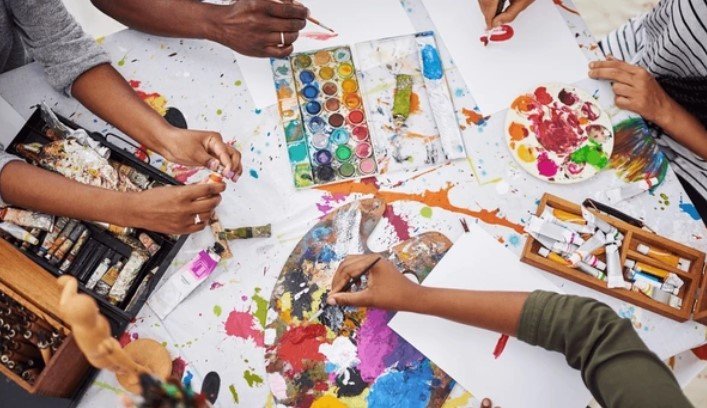In recent years, how 3D technology is used in education has become an exciting topic. With new advancements, this technology is changing the way students learn. From interactive lessons to virtual field trips, 3D technology is bringing new and innovative ways to teach. In this blog post, we will explore how educators are using 3D technology to improve learning experiences for students.
1. 3D Models for Better Understanding
One of the best ways which 3D technology is used in education is through 3D models. These models help students visualize complex concepts, such as the human body, molecules, or historical landmarks. Instead of just reading about these topics in books, students can explore and interact with 3D representations.
For example, in a biology class, students can view a 3D model of the human heart and observe how blood flows through it. This visual approach makes learning much easier and more engaging. The use of 3D models allows students to see things from different angles and perspectives, making understanding complex topics simpler.

2. Virtual Reality (VR) for Immersive Learning
Another exciting way how 3D technology is used in education is through virtual reality (VR). VR creates immersive experiences that allow students to explore virtual worlds. Using VR headsets, students can visit places they might never get to see in real life, like outer space or the surface of the moon. This is especially helpful in subjects like history, science, and geography.
For instance, in history lessons, students can virtually walk through ancient civilizations, such as Ancient Egypt or Rome. In science classes, they can explore the inside of an atom or travel through the human bloodstream. This type of immersive learning brings lessons to life, making them much more memorable and engaging.
3. 3D Printing for Hands-On Learning
In addition to virtual experiences, how 3D technology is used in education includes the use of 3D printing. 3D printers allow students to create physical models of objects, such as buildings, historical artifacts, or even their own designs. This hands-on learning technique helps students understand concepts in a more practical way.
For example, in a design class, students can create prototypes of products they’ve designed on computers. In a history class, students might print out models of ancient tools or structures to see how people lived in the past. 3D printing encourages creativity and critical thinking, helping students connect what they learn in theory with real-world applications.
4. Interactive Simulations for Practical Experience
How 3D technology is used in education is also seen in interactive simulations. These simulations allow students to experiment with various scenarios without the risks of real-life consequences. For example, in engineering or chemistry classes, students can perform experiments using virtual tools and materials.
In a physics class, students can simulate the motion of planets in space or experiment with forces like gravity. These interactive experiences allow students to make mistakes and learn from them, all while gaining practical knowledge that would be difficult or impossible to achieve in a traditional classroom setting.
5. Enhancing Collaboration and Communication
Another benefit of how 3D technology is used in education is that it enhances collaboration and communication among students. Using 3D design software or virtual worlds, students can work together on projects, share ideas, and solve problems as a team. This helps build important skills like teamwork, communication, and problem-solving.
For instance, students working on a group project can use 3D modeling software to create designs and share their work with others. In a virtual world, students can collaborate on simulations and learn from one another’s experiences. This kind of collaboration prepares students for the real world, where teamwork and communication are essential.
6. Gamified Learning for Motivation
How 3D technology is used in education also includes gamified learning. Many educational games now use 3D technology to make learning more fun and engaging. These games can be used in various subjects, from math to history to language arts.
For example, students can play games that require them to solve math problems to advance through levels or learn new vocabulary words through interactive 3D puzzles. These games motivate students to learn by turning education into an enjoyable experience. The use of rewards and challenges in these games also encourages students to keep learning and improving their skills.
7. Distance Learning and Remote Education
Finally, how 3D technology is used in education can be seen in distance learning and remote education. With the rise of online learning, 3D technology helps bring interactive lessons to students at home. Virtual classrooms and 3D environments allow students to attend class and interact with their teachers and classmates, no matter where they are located.
In a remote classroom, students can explore virtual museums, take part in 3D simulations, or work on collaborative projects with classmates around the world. This makes education more accessible and ensures that students receive the same high-quality learning experiences as those in traditional classrooms.
Conclusion
In conclusion, how 3D technology is used in education is changing the way students learn across the globe. Whether it’s through 3D models, virtual reality, 3D printing, interactive simulations, or gamified learning, this technology is making education more engaging, hands-on, and effective. As schools continue to adopt these innovative methods, students will be better prepared for the challenges of the future.
By incorporating 3D technology into the classroom, educators are creating more dynamic learning environments that cater to different learning styles and keep students motivated. As this technology continues to evolve, we can expect even more exciting ways for students to explore, create, and learn.




